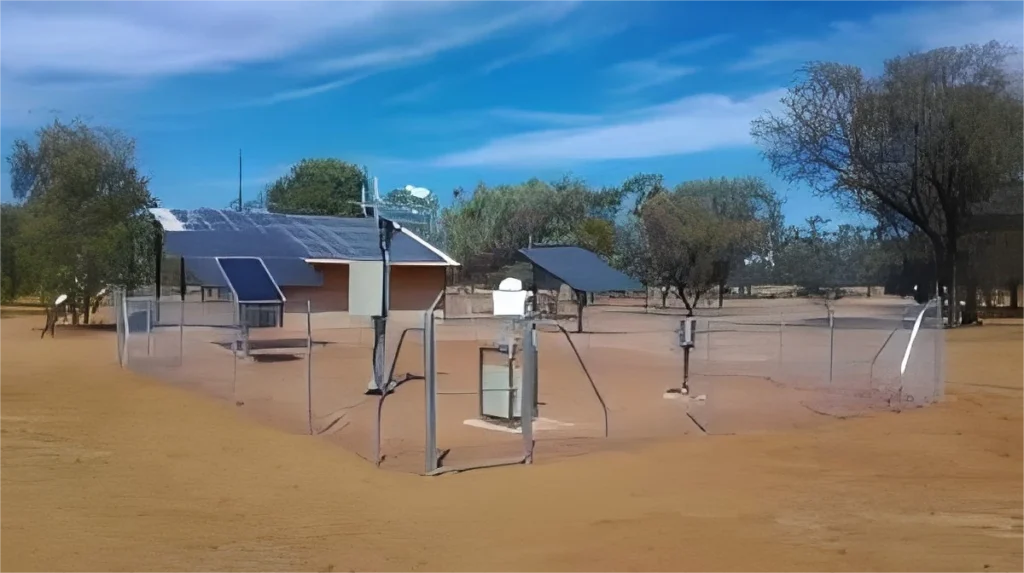Disadvantages of Automatic Weather Stations

# Disadvantages of Automatic Weather Stations
Automatic Weather Stations (AWS) have revolutionized meteorological data collection by providing real-time, accurate, and continuous weather information. However, despite their numerous advantages, AWS also come with several disadvantages that can impact their effectiveness and reliability. This article explores some of the key drawbacks of automatic weather stations.
## High Initial and Maintenance Costs
One of the primary disadvantages of AWS is the high initial investment required for installation. These stations are equipped with sophisticated sensors and communication systems, which can be expensive to purchase and set up. Additionally, regular maintenance is necessary to ensure the accuracy and longevity of the equipment, further adding to the overall cost.
## Dependence on Power Supply
AWS rely heavily on a continuous power supply to function effectively. In remote or off-grid locations, this can be a significant challenge. While some stations are equipped with solar panels or batteries, these solutions may not always be reliable, especially during prolonged periods of adverse weather conditions.
## Limited Human Oversight
Unlike traditional weather stations that are often monitored by trained personnel, AWS operate with minimal human intervention. While this reduces labor costs, it also means that errors or malfunctions may go unnoticed for extended periods. For example, a sensor failure could lead to inaccurate data being recorded and transmitted without immediate detection.
## Vulnerability to Environmental Factors
Automatic weather stations are exposed to harsh environmental conditions, which can affect their performance. Extreme temperatures, heavy rainfall, strong winds, and even wildlife can damage the sensors or other components, leading to data inaccuracies or complete system failures.
## Data Transmission Issues
AWS rely on communication networks to transmit data to central databases. In areas with poor or unreliable network coverage, data transmission can be interrupted, leading to gaps in the recorded information. This can be particularly problematic in regions where weather conditions change rapidly and real-time data is crucial.
## Calibration and Accuracy Challenges
Over time, the sensors in AWS can drift from their calibrated settings, leading to inaccurate readings. Regular calibration is essential to maintain data accuracy, but this process can be time-consuming and requires specialized knowledge. Without proper calibration, the data collected may be unreliable for critical applications such as weather forecasting or climate research.
## Limited Sensor Capabilities
While AWS are equipped with a range of sensors, they may not always cover all the parameters needed for comprehensive weather analysis. For instance, some stations may lack sensors for measuring certain atmospheric gases or particulate matter, limiting their usefulness for specific research or monitoring purposes.
## Conclusion
Automatic Weather Stations offer numerous benefits, but they are not without their drawbacks. High costs, dependence on power, limited human oversight, environmental vulnerabilities, data transmission issues, calibration challenges, and limited sensor capabilities are all significant disadvantages that need to be considered. Despite these limitations, AWS remain a valuable tool for meteorologists and researchers, provided that their shortcomings are acknowledged and addressed appropriately.
Categories: News